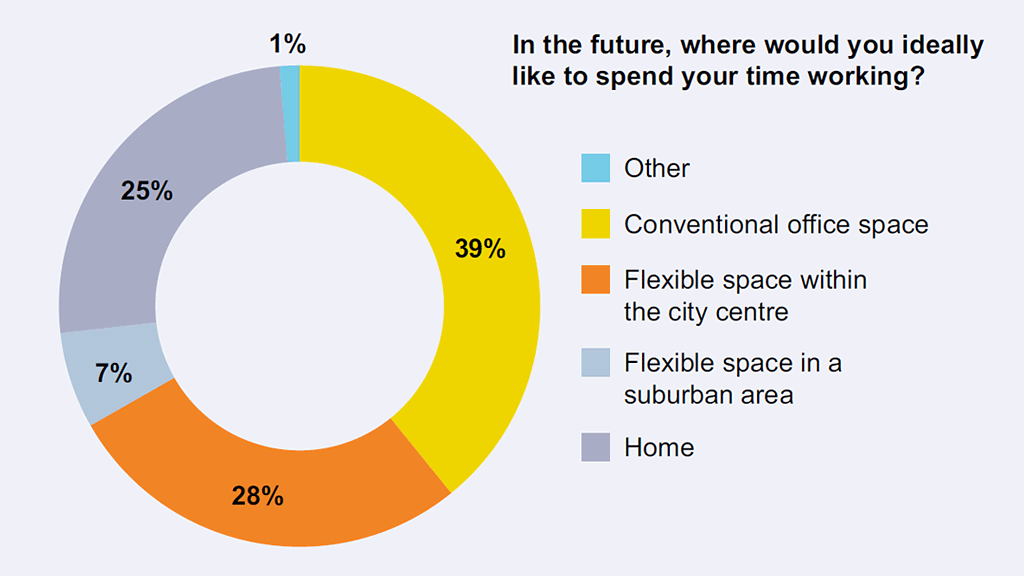The first key finding suggests that employees are longing for purposeful and visible changes to increase safety measures in the office.
The Role Of Workplace Analytics In Finding The Real Value Of The Office
Two Harvard Studies Bring Data To How We Are Working Now And What That Means For Offices
We are now deep enough into the work-from-home experiment that, beyond speculation, we have data about what happens when we work remotely en masse — what we gain and what we lose when we are out of the office.
Measuring the Fallout of COVID-19 for the Design Industry
Take a look at the first results of ThinkLab’s Industry Impact Survey, which is generating data to help designers and design manufacturers move forward during these challenging times.
Why companies are looking to data in the return to office life
Workplace data is bringing customized insights into how companies can best keep their employees safe as offices reopen their doors.
For Workplace Designers, Diverse Data Opens Up New Possibilities
Designers, clients, and researchers at a Think Tank hosted by Ennead Architects explained how information gathered from many different sources can improve the workplace experience.
Navigating What’s Next: The Post-COVID Workplace
Everyone will return to a workplace changed in some way, though expectations will be different from person to person, and could create new tensions across generations at work.
74% of CFOs Plan to Permanently Shift Some of Their Workforce to Remote Positions
Also, 13% of respondents noted they had already made cost reductions in real estate expenses, with another 9% planning to take actions in this area in the coming months.
New Data Shows How Social Distancing Guidelines Are Impacting Office Occupancy
People lose half an hour a week to poor acoustics
95 percent of audio end-users and decision makers experience problems relating to sound that affect their concentration or efficiency at work.
In an Era of Choice, Workers Still Prefer the Office
The more choices people have in where to work, the more important it is to understand their work preferences.
How Do You Fix Unassigned Seating?
Providing the right suite of alternative work spaces or amenities can make a big difference in addressing struggles associated with unassigned seating, such as finding private places to work and take phone calls.
The Challenges of Navigating Unassigned Seating
The reviews are mixed: many workers in unassigned seating want their seat back, while many are happy with the scenario.
Mostly Open Environments Still Prove Best
The Workplace Experience Revolution Part 2: Do New Workplaces Work?
Q+A: Leesman Index's Peggie Rothe on Open Plan Offices' Bad Reputation
The think tank's largest post-occupancy study of new and refurbished workplaces shows that open plans and flexible workstations might be underestimated.
Finding Focus
40% Of Coworking Users Would Prefer to Work from a Conventional Office, new Research Finds
A joint-research from Gensler and the British Council of Offices (BCO) on the rise of flexible workspace in the UK corporate sector has uncovered that 40% of flexible space users would rather work from a conventional office, prompting questions about the viability of the flexible space solutions as it currently stands.
Diverse workplace is key to attracting freelancers
The gig economy in the US is growing exponentially, and with projections of freelancers making up almost half of the US workforce by 2027, employers are keen on engaging this talent pool.
How Workplaces Lose Money With Wrong-Sized Meeting Rooms
In the latest report from Density, more than 10,000 hours of meeting room data were analyzed—generated by their sensor platform—to explore how wrong-sized meeting rooms cost workplaces millions of dollars every year.

























